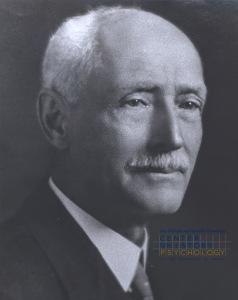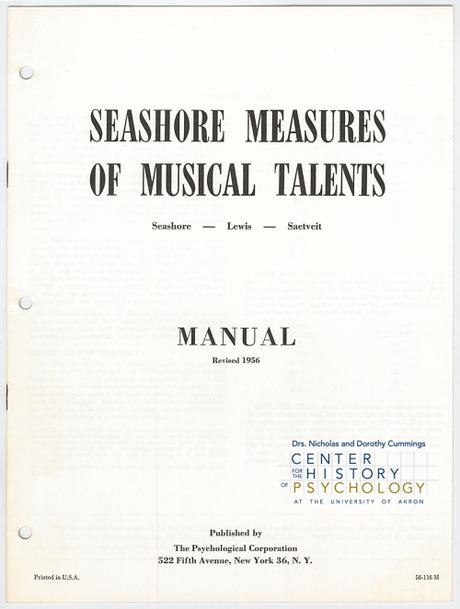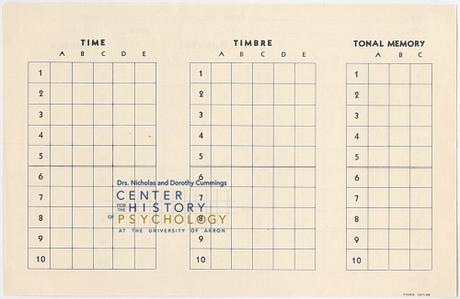contributed by Lizette R. Barton
Every year Smithsonian Magazine hosts Museum Day and through this program museums and cultural institutions across the country offer free entry in celebration. As a Smithsonian Affiliate and rather righteous cultural institution, if you ask me, the CCHP is excited to participate on Saturday, September 21. Come see us – it’s free!
The Museum Day theme coincides with the overarching 2019 theme for the Smithsonian – Year of Music.
According to the Smithsonian:
Virtually everybody engages with music, and we see this across eras and cultures. People work and relax with music, celebrate and mourn with music, court and fight with music. It provides a sense of well-being, of identity, and of community. Music is not only a reflection of human creativity and innovation that has led to a stunning diversity of styles and genres, but also a key method of communication and cross-cultural exchange and understanding.
“Virtually everyone” certainly includes psychologists and there was one in particular that was interested in music – Carl Seashore.

You can read all about Seashore via his National Academy of Sciences Biographical Memoir by Walter Miles. Thanks NAS for putting those online in full-text!
Carl Seashore developed the “Seashore Measures of Musical Talents Test” in 1919. The test would be revised and update several times and the Archives has versions from 1939, 1956, 1957, and 1960.

According to Seashore (1920) in his article The Inheritance of Musical Talent:
“…we must abandon the plan of merely counting persons musical or unmusical, and patiently settle down to the isolation and observation of isolable traits, such as, the inheritance of the sense of pitch, creative imagination, motor imagery, a large register of the vocal chords, excellence in motor control, or musical intellect.”
The Seashore Measures of Musical Talents Test includes three records that test 6 distinct categories – pitch, loudness, rhythm, time, timbre, and tonal memory.
Let’s test your tonal memory, shall we?
Pretend I’m Carl Seashore and you’re in a quiet room with great acoustics at the University of Iowa.
Good morning. I’m Carl Seashore. You are here today to test for musical talents. Here is your answer sheet.

At this time we will be testing your tonal memory. In each trial you will hear a short series of notes played twice. In the second playing, one note is changed. You are to decide which note is changed; the first, the second, the third, and so on. and blacken the space in the correct section of the answer sheet labeled “Tonal Memory.” There is always some note in the second playing that is different that the corresponding note in the first playing. As you hear the notes in each set, count them silently to yourself, one, two, three, etc., so that you can identify the note that is changed. There are 30 sets of tones in the test.
https://centerhistorypsychology.files.wordpress.com/2019/09/side-b-part-tonal-memory.wav
Hi, it’s Lizette again. Not Carl. How did you do?
Maybe you’re a musical genius! Or, maybe like me you’re not a musical genius or even remotely musically inclined but you are a lover of music (especially that new Highwomen album. Check it out. For real).
It’s ok. You don’t have to be a musical prodigy or posses musical talent to enjoy music.
As Carl says, “…we love it [music] because it creates a psychological well-being in our organism…it is the language of emotion; a generator of social fellowship; it takes us out of the humdrum of life…and satisfies our cravings…for self-expression for the joy of expression.”
Word, Carl.
